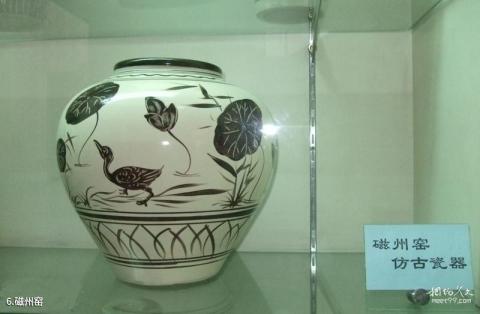
Introduction to Cizhou Kiln: Hebei is one of the birthplaces and important production areas of ancient Chinese ceramics. As early as the Cishan Culture period 7,000 years ago, people had begun to use pottery in large quantities. During the Tang and Song Dynasties, Hebei became an important porcelain producing area in China, with the emergence of the four famous porcelain kilns - Xing kiln, Ding kiln, Cizhou kiln and Jingxing kiln. Xing kiln white porcelain in the Sui and Tang Dynasties was the representative of northern porcelain. It was praised as "silver-like" and "snow-like" by Lu Yu, the tea sage of the Tang Dynasty, forming a situation of "green in the south and white in the north" in China's porcelain industry. Ding kiln was one of the five famous kilns in the Song Dynasty. Its products had thin white glazes, smooth and vivid carving techniques, and more distinctive printing decorations. It developed into the first white porcelain kiln in the Song Dynasty. Cizhou kiln was a famous folk porcelain kiln in the north during the Song Dynasty. Its decorative techniques were bold in style and full of local flavor, and the painting themes on its porcelain were interesting and interesting. Jingxing Kiln is a new discovery by archaeologists in Hebei Province. Its products are mainly fine white porcelain. It fired porcelain for the government during the Tang and Five Dynasties. Shijiazhuang Municipal Museum has a collection of fine porcelain from the four famous kilns.
